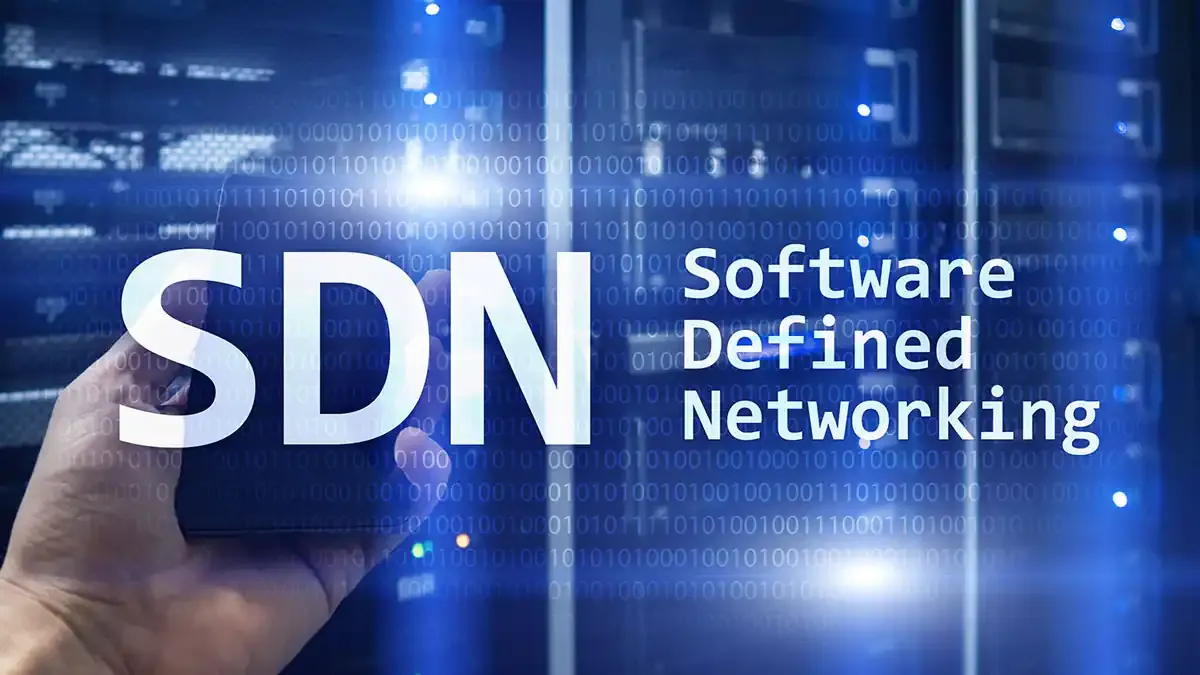internet
networking
software defined network
ciscoaci, cloudnetworking, datacenter, devops, eveng, futureofnetworking, gn3, ict, linuxnetworking, malaysiantech, mininet, netops, networkarchitecture, networkautomation, NetworkDesign, networkengineering, networking, networklabs, networksecurity, onos, opendaylight, opensdn, opensource, programmableinfrastructure, RaspberryPi, sdn, sdncontroller, softwaredefinednetworking, TechBlog, vmwarensx
9M2PJU
0 Comments
Software-Defined Networking (SDN): The Future of Flexible Network Infrastructure
In an age where speed, scalability, and automation are king, traditional networking methods are struggling to keep up with the demands of modern IT systems. Enter Software-Defined Networking (SDN)—a paradigm shift that is revolutionizing how networks are designed, managed, and optimized.
Whether you’re a systems engineer, network admin, or just someone curious about emerging tech, SDN is worth understanding. Here’s a comprehensive overview of what SDN is, where it came from, how it works, and its pros and cons.
🧠 What is Software-Defined Networking?
At its core, Software-Defined Networking (SDN) is an architectural approach that separates the control plane (the “brain” that decides how data flows) from the data plane (the part that actually moves the data).
Traditionally, each switch or router in a network independently makes its own decisions about traffic. With SDN, those decisions are centralized in a controller, a software-based system that oversees and manages the entire network’s traffic.
SDN In Simple Terms:
Think of SDN as remote-controlled networking—you manage and automate how traffic moves from a single central interface, rather than configuring each device individually.
🧬 A Brief History of SDN
The concept of SDN was born in academia. Around 2008, researchers at Stanford University and UC Berkeley developed a protocol called OpenFlow—a way to remotely program the behavior of network switches.
The movement gained commercial traction with the formation of the Open Networking Foundation (ONF) in 2011, backed by tech giants like Google, Microsoft, Facebook, and Verizon. Since then, SDN has become integral to cloud computing, data centers, and service provider networks.
🏗️ Key Components of an SDN Architecture
- SDN Controller (Control Plane):
- The centralized brain of the network.
- Examples: OpenDaylight, ONOS, Cisco APIC.
- Network Devices (Data Plane):
- These are the switches/routers that forward packets based on instructions from the controller.
- Southbound APIs (e.g., OpenFlow):
- Used by the controller to communicate with devices.
- Northbound APIs:
- Used by applications or administrators to program and control the network behavior.
📊 SDN Architecture Diagram
Here’s a simple diagram to help visualize how SDN works:
[ Applications / Management Tools ]
↑ (Northbound API)
[ SDN Controller ]
↑ ↓
(Southbound API) (Control Instructions)
[ Network Switches / Routers ]
↓ (Forwarding Data)
[ End Users / Devices ]
⚙️ How SDN Works
In a traditional network, each router and switch needs to be configured individually. In SDN:
- All devices are managed centrally.
- Traffic can be rerouted or optimized in real-time.
- Policies can be defined using software and implemented instantly.
This abstraction gives engineers powerful control and visibility over the entire network infrastructure.
✅ Advantages of SDN
1. Centralized Management
All configuration and traffic policies are managed through a single controller, reducing complexity.
2. High Agility & Flexibility
Networks can adapt in real-time to changes in traffic, demand, or failures.
3. Programmability
Developers and network admins can write scripts or apps to control traffic dynamically, improving automation and efficiency.
4. Cost Efficiency
SDN allows the use of inexpensive commodity hardware, reducing dependency on costly proprietary gear.
5. Improved Network Visibility
With centralized control, it’s easier to monitor traffic, detect bottlenecks, and enforce security policies.
6. Rapid Innovation
Network functions like load balancing, firewalling, or routing can be updated through software without changing hardware.
⚠️ Disadvantages of SDN
1. Security Risks in the Controller
Centralizing the control plane introduces a single point of failure. If the controller is compromised, the whole network is at risk.
2. Complex Migration
Transitioning from a traditional network to SDN can be technically challenging and may require significant investment and retraining.
3. Interoperability Issues
Varying vendor implementations and lack of standardization can lead to compatibility problems in multi-vendor environments.
4. Latency Concerns
Some centralized decisions may introduce delays, especially in large-scale or high-frequency environments.
🌐 Real-World Use Cases
🔹 Data Centers
Major cloud providers like Google, AWS, and Microsoft Azure use SDN to scale and manage massive infrastructure.
🔹 5G & Telecom Networks
SDN enables network slicing and efficient spectrum allocation in next-gen mobile networks.
🔹 Enterprises
Businesses use SDN in SD-WAN deployments to manage traffic across multiple branch offices efficiently.
🔹 Network Function Virtualization (NFV)
SDN complements NFV by enabling virtualized firewalls, routers, and load balancers.
🔧 Popular SDN Tools & Platforms
| Controller | Description |
|---|---|
| OpenDaylight | Open-source platform supported by the Linux Foundation. |
| ONOS | Carrier-grade SDN controller optimized for scalability. |
| Cisco ACI | SDN solution from Cisco for data center automation. |
| VMware NSX | Popular in virtualized environments and private clouds. |
🧪 Try SDN at Home: Lab Ideas
If you’re interested in getting hands-on with SDN, here are a few ideas to get started:
🧰 1. Mininet
- Lightweight network emulator for testing SDN.
- Can simulate thousands of hosts using virtual machines.
- Website: mininet.org
🧰 2. GNS3 or EVE-NG with OpenFlow switches
- Useful for more visual or drag-and-drop style labs.
- Combine OpenFlow-capable devices with SDN controllers.
🧰 3. OpenDaylight Sandbox
- Try the OpenDaylight controller in a virtual environment.
- Build REST API apps to dynamically modify network behavior.
🧰 4. Raspberry Pi SDN
- Use Raspberry Pi boards as lightweight SDN switches for home labs.
- Combine with Python scripts to test programmable networking.
🏁 Final Thoughts
SDN is not just a buzzword—it’s a foundational technology that powers the modern internet and cloud-based services. While it comes with its own challenges, the control, agility, and cost-efficiency it brings to networking are too significant to ignore.
If you’re a network engineer, sysadmin, or tech enthusiast, now is a great time to dive deeper into SDN. The ecosystem is still growing, and getting skilled in SDN today will place you ahead in tomorrow’s tech landscape.







Post Comment